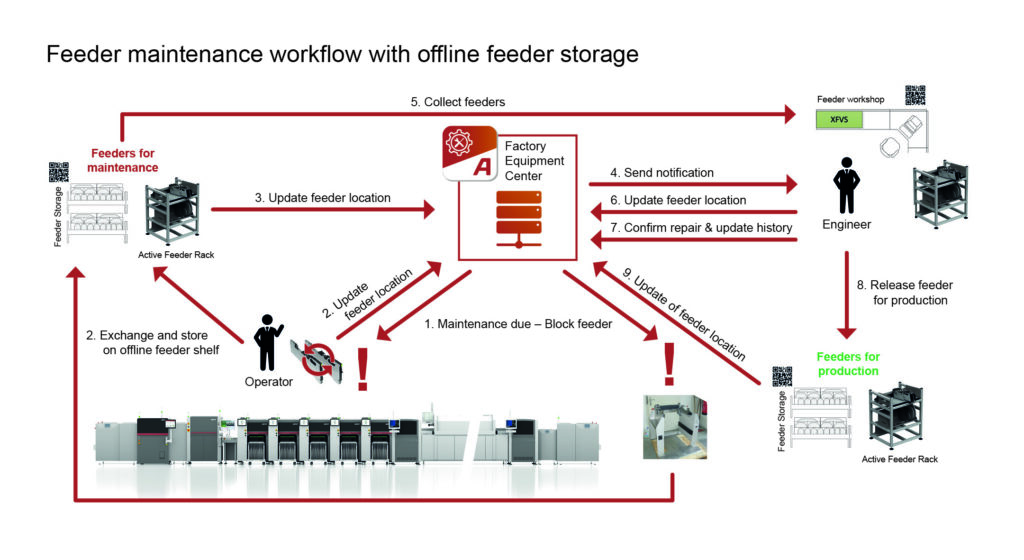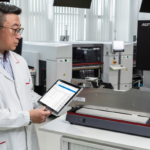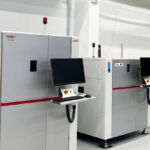ASIA ELECTRONICS INDUSTRYYOUR WINDOW TO SMART MANUFACTURING
ASMPT to Offer Innovative SMT Line With its New System
In modern SMT manufacturing, operating with maximum efficiency is crucial when it comes to competitiveness and profitability. For that reason, the Factory Equipment Center of ASMPT offers a unique approach to asset and maintenance management in the Intelligent Factory. Specifically, by automating and optimizing the administration, maintenance, and repairs of thousands of movable assets such as placement headers, feeders, and nozzles.
In the modern electronics factory, all components must work together seamlessly. This is because even a single defective feeder can bring an entire SMT line to a screeching halt. Reconciling the continuous availability of all movable assets with day-to-day production requirements is no easy task. Thus, it is important to answer questions such as the location of feeders, the use of nozzles, or the maintenance status of placement heads.

However, with the thousands of mobile assets, many of them frequently change their location on the shop floor. Therefore, it is difficult if not impossible, to keep track of everything – until now.
Connectivity provides clarity
The Factory Equipment Center software redefines asset management and makes it possible to fully network all assets being used. It does not just track assets but uses the data integrated. Thus, providing maximum connectivity in line with ASMPT’s Intelligent Factory concept.

After installation, the software automatically scans all SMT lines and takes a digital inventory of the machines, placement heads, feeders, and nozzles. All of which have their IDs.
This type of fully automatic detection is currently gaining traction in the market. Furthermore, it also saves a lot of time and money, considering that the average factory has between 10,000 and 15,000 feeders in use. “Only third-party systems must still be entered manually,” says Jim Leather, Director IoT Solutions at ASMPT SMT Solutions.
Moreover, Factory Equipment Center automatically collects and updates the asset data, analyzes it, and visualizes it in clear tables and graphs on real-time dashboards that show the location, condition, configuration and maintenance history of each asset. Precise logging allows for the creation of detailed performance and maintenance reports. Thus, it is possible for use in internal analyses as well as for external audits. In addition, comprehensive tracking enables the kind of proactive maintenance that is no longer carried out according to rigid schedules but based on actual use and wear.

Image source: ASMPT
Efficient and dynamic maintenance management
Through dynamic order tracking, the software makes it possible to flexibly coordinate the maintenance planning with the actual use of assets. In addition, it automatically marks maintenance jobs as complete upon execution and enters the next inspection date accordingly. A central maintenance calendar makes it easier to coordinate activities, avoids scheduling conflicts. Therefore, ensuring to notify all parties of any upcoming maintenance work.
Automatic monitoring and reporting deliver maximum transparency and lock faulty assets. Thus, minimizing downtimes and increasing the reliability of production operations.
Digital workflows and modern software
Modern digital processes support the maintenance staff with clear real-time dashboards, multimedia displays and checklists that show clearly structured work steps and reduce errors. With the web-based user interfaces, it is possible to conveniently control all software functions from any device capable of running a browser.
The Factory Equipment Center is available via a modern subscription license that makes its operating costs scalable and predictable. Furthermore, it also includes all Remote Smart Factory functions so that it is possible o execute centrally and efficiently the settings and updates.
26 September 2024




